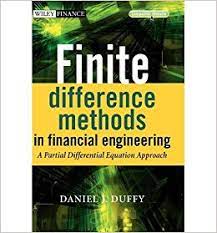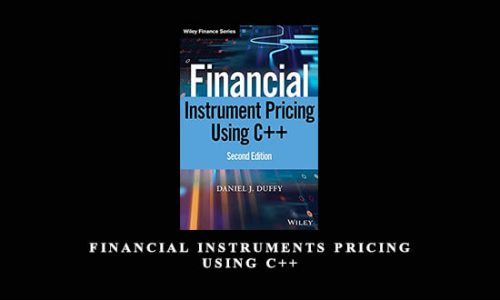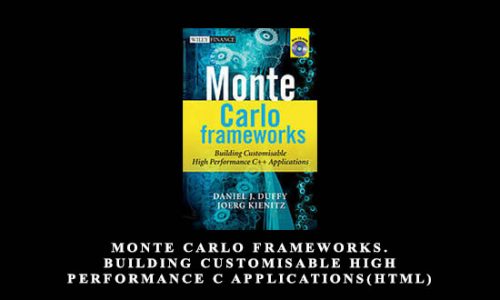
Finite Difference Methods in Financial Engineering by Daniel Duffy
SIZE 5.8 MB
ISBN: 978-0-470-85882-0
442 pages
March 2006
Description
The world of quantitative finance (QF) is one of the fastest growing areas of research and its practical applications to derivatives pricing problem. Since the discovery of the famous Black-Scholes equation in the 1970’s we have seen a surge in the number of models for a wide range of products such as plain and exotic options, interest rate derivatives, real options and many others. Gone are the days when it was possible to price these derivatives analytically. For most problems we must resort to some kind of approximate method.
In this book we employ partial differential equations (PDE) to describe a range of one-factor and multi-factor derivatives products such as plain European and American options, multi-asset options, Asian options, interest rate options and real options. PDE techniques allow us to create a framework for modeling complex and interesting derivatives products. Having defined the PDE problem we then approximate it using the Finite Difference Method (FDM). This method has been used for many application areas such as fluid dynamics, heat transfer, semiconductor simulation and astrophysics, to name just a few. In this book we apply the same techniques to pricing real-life derivative products.
Also Get Finite Difference Methods in Financial Engineering by Daniel Duffy on Traderknow.com
We use both traditional (or well-known) methods as well as a number of advanced schemes that are making their way into the QF literature:
- Crank-Nicolson, exponentially fitted and higher-order schemes for one-factor and multi-factor options
- Early exercise features and approximation using front-fixing, penalty and variational methods
- Modelling stochastic volatility models using Splitting methods
- Critique of ADI and Crank-Nicolson schemes; when they work and when they don’t work
- Modelling jumps using Partial Integro Differential Equations (PIDE)
- Free and moving boundary value problems in QF
Included with the book is a CD containing information on how to set up FDM algorithms, how to map these algorithms to C++ as well as several working programs for one-factor and two-factor models. We also provide source code so that you can customize the applications to suit your own needs.
Also Get Finite Difference Methods in Financial Engineering by Daniel Duffy on Traderknow.com
Author Information
Daniel Duffy is a numerical analyst who has been working in the IT business since 1979. He has been involved in the analysis, design and implementation of systems using object-oriented, component and (more recently) intelligent agent technologies to large industrial and financial applications. As early as 1993 he was involved in C++ projects for risk management and options applications with a large Dutch bank. His main interest is in finding robust and scalable numerical schemes that approximate the partial differential equations that model financial derivatives products. He has an M.Sc. in the Finite Element Method first-order hyperbolic systems and a Ph.D. in robust finite difference methods for convection-diffusion partial differential equations. Both degrees are from Trinity College, Dublin, Ireland.
Daniel Duffy is founder of Datasim Education and Datasim Component Technology, two companies involved in training, consultancy and software development.
Also Get Finite Difference Methods in Financial Engineering by Daniel Duffy on Traderknow.com
Visit more course: FINANCIAL DEVELOPMENT
The same course: M.Rusydi Marc Yor Rene M.Stulz Robert Cinnamon Srdjan Stojanovic Stephen G.Ryan Steve Dalton . Also Sumru Altug Suresh Sundaresan Thomas Fitch Tom Taulli Lidiya K Tom Taulli Peter Dunkart. Also Jo Dunning Brendon Burchard Bob Bly Alex Becker Alan Weiss Talmadge Harper
Available at traderknow.com
Please contact email: [email protected] If you have any question.
Course Features
- Lectures 0
- Quizzes 0
- Duration 50 hours
- Skill level All levels
- Language English
- Students 72
- Assessments Yes





